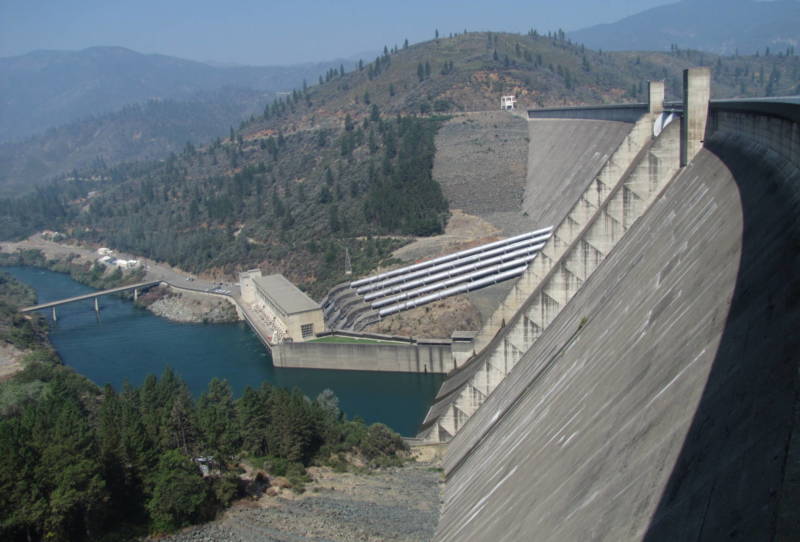The easing of California’s drought has boosted the state’s early spring hydropower generation to its highest level since 2011, helping it to recover from a 15-year low reached last year. But hydroelectricity production is not expected to improve much overall this year, according to the U.S. Energy Information Administration.
The West’s four-year drought desiccated many reservoirs in California, the nation’s fourth largest hydropower producer, reducing their ability to generate electricity and forcing the state to rely on other renewables and more fossil fuels for its power supply.
Prior to the drought, hydropower produced nearly 40 percent of the state’s electricity during wet years, with natural gas producing most of the rest. Today, about 11 percent of the state’s electricity comes from hydropower and 52 percent comes from natural gas, with wind, solar and nuclear producing much of the rest.
Though hydropower generated at large reservoirs is not included in California’s climate goals, it is a major source of renewable electricity that helps offset the country’s reliance on coal for electricity.
California passed a law last year requiring 50 percent of the state’s power to come from wind, solar, biomass, geothermal energy and small hydroelectric sources by 2050.
